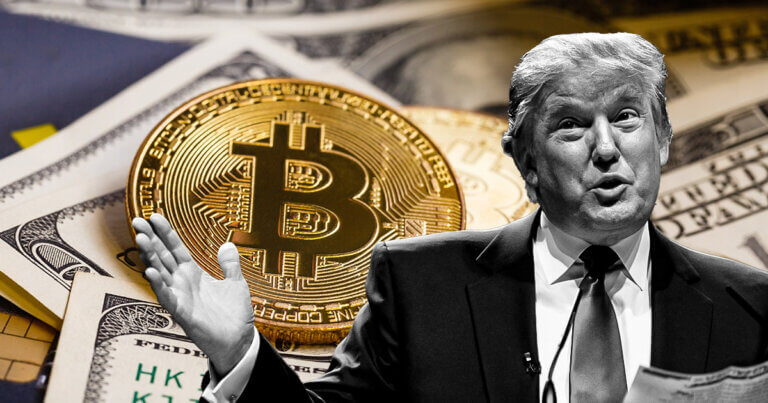Could memecoins be considered as a secure and trustworthy means of currency exchange?
The level of safety and reliability that memecoins offer as a form of currency is still a subject of discussion within the cryptocurrency community. While memecoins are considered secure and decentralized, there are reservations regarding their volatile nature and absence of regulation.
Supporters of memecoins argue that their decentralized nature provides more control to users, mitigating the risks of fraud and theft. Additionally, since memecoins rely on blockchain technology, transactions are reliably recorded on a distributed ledger, making them less susceptible to hacking and manipulation.
In contrast, traditional currencies are backed by governments and central banks, which take measures to ensure stability, control inflation, and safeguard overall financial integrity. The decentralized structure and lack of oversight of memecoins can make them more vulnerable to market manipulation, increasing volatility and reducing trust as a medium of exchange or store of value. Nonetheless, these risks can be minimized with adequate regulations to enhance their reliability and security.
The optimal balance between regulation and innovation must be found to ensure memecoins’ long-term viability. Excessive regulation can impede progress and hinder memecoin ecosystem growth. As such, it is crucial to strike a regulatory framework that addresses concerns while promoting innovation and fostering memecoin’s safety and dependability.
What is the difference in functionality between memecoins and traditional currencies when used for transactions?
Memecoins have certain advantages over traditional currencies when it comes to being used as a medium of exchange. However, their volatility and limited popularity could pose challenges to their widespread adoption. The future of memecoins as a widely accepted medium for trade remains uncertain, dependent on the progress and development of their underlying infrastructure and technology.
The decentralized nature of memecoins is a key advantage, as it eliminates the need for intermediaries like banks or payment processors when conducting transactions. This feature enables memecoins to potentially serve as an efficient medium of exchange, offering low transaction fees and improved speed.
However, in comparison to traditional currencies, memecoins suffer from a significant drawback – high volatility. Their value can fluctuate significantly, making it challenging for individuals and businesses to effectively budget or rely on memecoins for everyday payments.
Another disadvantage of memecoins is their relatively low level of adoption. While some shops and companies accept memecoins as a form of currency, their usage is not yet widespread. This limited acceptance hinders people’s ability to utilize memecoins for routine transactions.
How can MemeCoins be incorporated into widely-used payment systems?
For integrating memecoins into mainstream payment systems, a partnership between developers, payment processors, financial institutions, vendors, and consumers is essential. This would require a collective effort from all these stakeholders.
Before memecoins can be integrated into traditional payment systems, they would need to be widely accepted and used. This entails businesses being encouraged to accept memecoins as payment, and users having easy and secure ways to exchange memecoins for traditional money. One potential solution is the development of payment processors that can instantly convert memecoins into traditional money at the point of sale.
An additional possibility is for memecoin wallets to interact with existing payment services like PayPal and Venmo, simplifying the process of sending memecoins to friends and family. Another avenue is the creation of memecoin debit cards, which could be used at any retailer that accepts regular debit cards. However, memecoins still need to address concerns regarding security, volatility, and regulatory compliance in order to be widely adopted.
Alternatively, smart contracts could be used to automatically convert memecoins into dollars at the current exchange rate for transactions made by merchants that accept memecoins. This would make the payment process faster and more secure for both retailers and customers, eliminating the need for payment processors to convert memecoins into traditional currency. Additionally, smart contracts can be programmed to adhere to relevant rules and regulations, which may help alleviate concerns about regulatory compliance.
How can the use of memecoins as a currency can have ethical consequences?
The use of memecoins as currency brings about several ethical concerns. These include the speculative nature of memecoins, their environmental impact, the possibility for illicit activities, and the potential for worsening economic inequality
One of the main problems with memecoins is that their value is often determined by excitement and speculation, rather than any actual worth or usefulness. This can lead to instability and have a negative impact on consumers and investors who rely on stable currencies for financial security.
Another concern is the environmental impact of memecoins, particularly in terms of the energy required for mining. Many memecoins, like Dogecoin, rely on mining, which uses a significant amount of computer power and energy. This raises concerns about the carbon footprint of memecoins and their potential contribution to climate change.
Memecoins also raise worries about their potential use in illegal activities, such as money laundering and financing criminal businesses. The anonymity and lack of regulation associated with memecoins make them an attractive option for those looking to engage in unlawful activities.
Lastly, using memecoins as a form of currency could contribute to economic inequality. Those with the knowledge and resources to invest in memecoins may benefit financially, while those without these advantages may be left behind.




